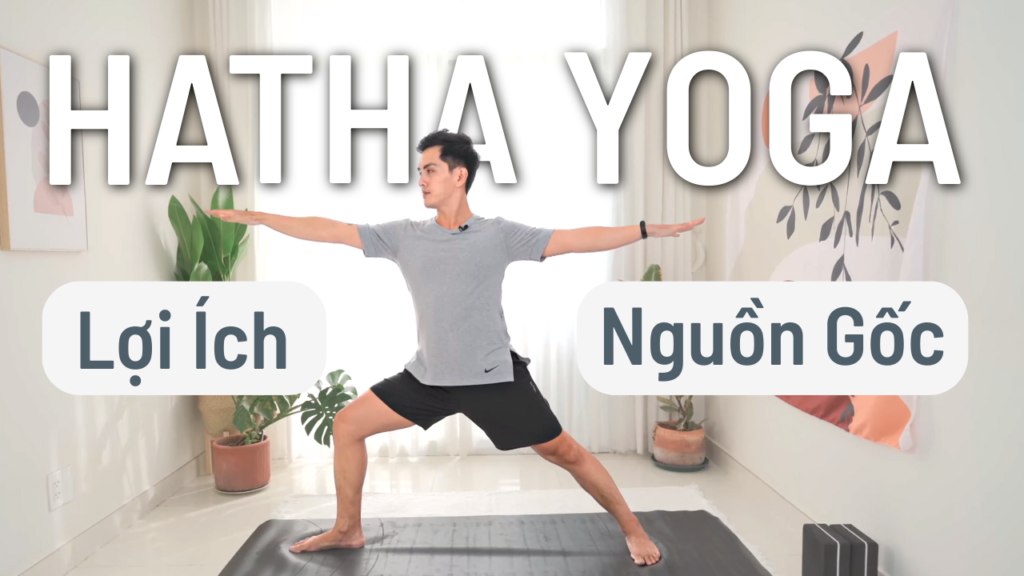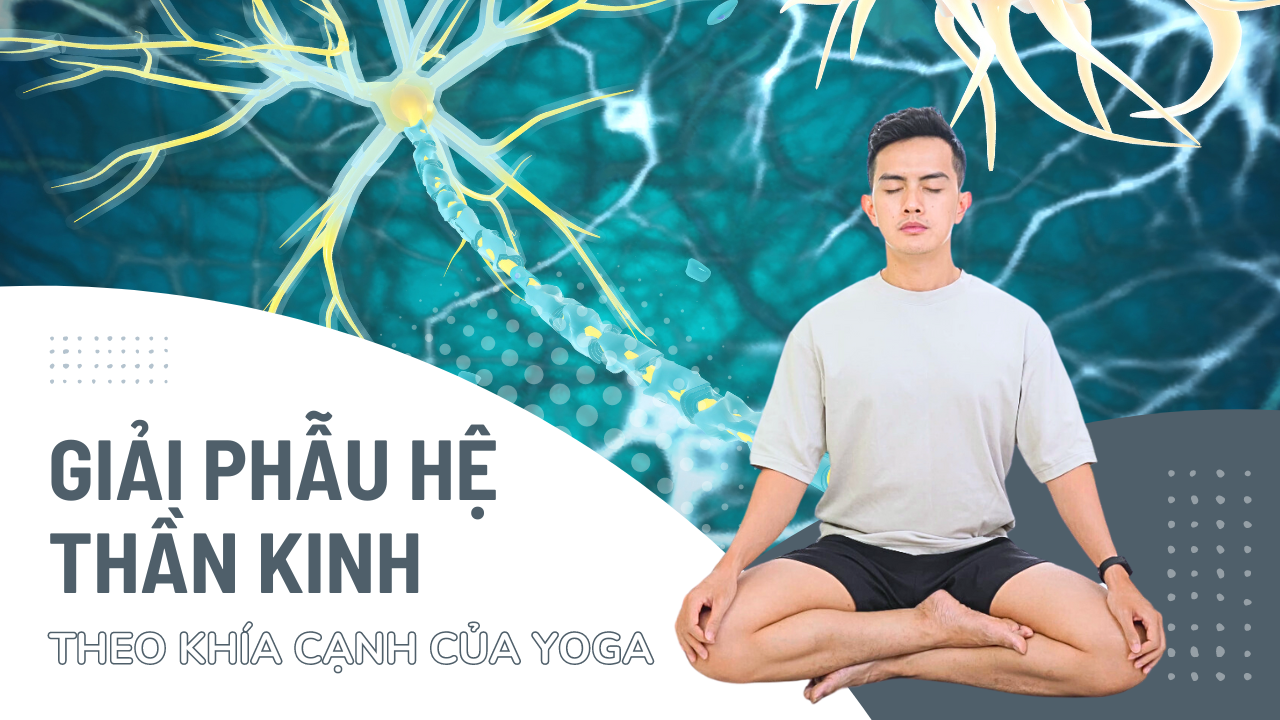Hatha Yoga is one of the most popular mind and body practices in yoga techniques worldwide. It has become a great way to stay healthy and Increase the flexibility of the body.
However, many of you are still wondering: What is Hatha Yoga? So in this article, we will delve into the concept of Hatha Yoga, learn about the history and origins of this method, as well as the benefit It's good for health and mind.
You can practice Hatha Yoga with Nguyen at Yoga class for beginners or Yoga online course dental.
What is Hatha Yoga?
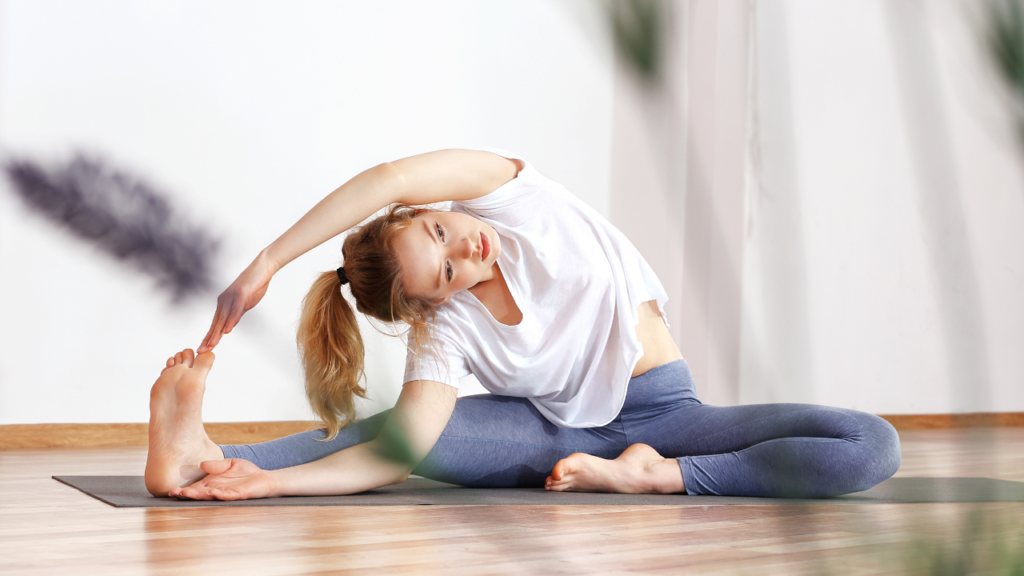
The Sanskrit word “hatha” can be translated into English in two different ways: “willful” or “forceful” – the active journey of yoga, or “sun” (ha) and “moon” (tha). ) – is the balance in Yoga.
Hatha Yoga can be described as a set of proactive and positive methods aimed at achieving harmony and balance in mind, body and spirit. This approach to yoga is often referred to as the "active path" and involves the practice of physical postures and breathing techniques or Hatha yoga which can be thought of as anything you can do with your body. , include:
- Asana – yoga poses (practice in any Yoga style any)
- Pranayama – breathing technique
- Mantra - mantra
- Mudra - mudra
- Shatkriyas and shatkarmas – purification techniques in Yoga
- Types of imagination.
This is also the general type of Yoga taught in the West. Most of the popular types of Yoga taught at yoga studios are derived from this style. It is often used to describe a gentle style or suitable for beginners.
History and origins
Hatha Yoga has its roots in Gorakhnath, who was the legendary founder of the Kanphata Yogis groups in the 11th century. However, it evolved from Yoga traditions at least as far back as Patanjali's period (2nd century BCE or so. 5th century AD), the author of the Hindu classics the Yoga-sutras and the Mahabhasya.
Is Hatha Yoga difficult to practice?
Hatha Yoga is one of the most popular types of Yoga in the world, and depending on the body and level of each person, the difficulty of Hatha Yoga will vary. But in general, Hatha Yoga is considered an easier type of Yoga than other types of Yoga like Ashtanga or Bikram Yoga.
The poses in Hatha Yoga are usually quite simple and designed to activate and relax the muscles, increase flexibility of the body and help relieve stress. Beginners to yoga may feel some difficulty when doing some poses, but with time and regular practice, the body will gradually adapt and become more flexible.
It is important for students to listen to their bodies and follow the teacher's instructions. The teacher will guide the students on how to do the correct posture and how to adjust it to fit each body. When practicing Yoga, students should focus on the breath and perform the movements slowly and accurately, instead of trying to achieve the perfect posture.
Benefits of Hatha Yoga
Helps strengthen core muscles
Core muscles are important for overall body function because strong core muscles can help prevent lower back pain, improves balance and makes you less likely to suffer muscle injuries.
Performing Hatha yoga poses like leaning pose and warrior I pose, bridge yoga pose, boat yoga pose, etc. can help strengthen your core abs, including the abdominal muscles, sides of the body, pelvis and back. Because it requires holding the pose for long periods of time, which in turn activates muscles like your abs and glutes.
Support insomnia, help sleep better

Practicing Hatha yoga can lower your levels of cortisol, a hormone involved in your sleep cycle and insomnia. Low cortisol levels tell your body it's time to go to bed, so practicing yoga before bed can help you sleep better. sleeplessness.
Improve symptoms of depression
Hatha Yoga helps relieve depression because it affects the neurotransmitters in your brain in a similar way to antidepressants. For example, practicing yoga increases levels of neurotransmitters like serotonin and gamma-aminobutyric acid (GABA) in the brain. GABA calms your nervous system and can help reduce anxiety caused by depression, while serotonin helps regulate your emotions.
Tougher and more flexible
When practicing Hatha Yoga movements, your muscles work and stretch, joints such as hip joints, hip joints are enlarged helping to increase their full range of motion. This is what will reduce the chance of injury when you play sports.
Supports weight loss, fat loss
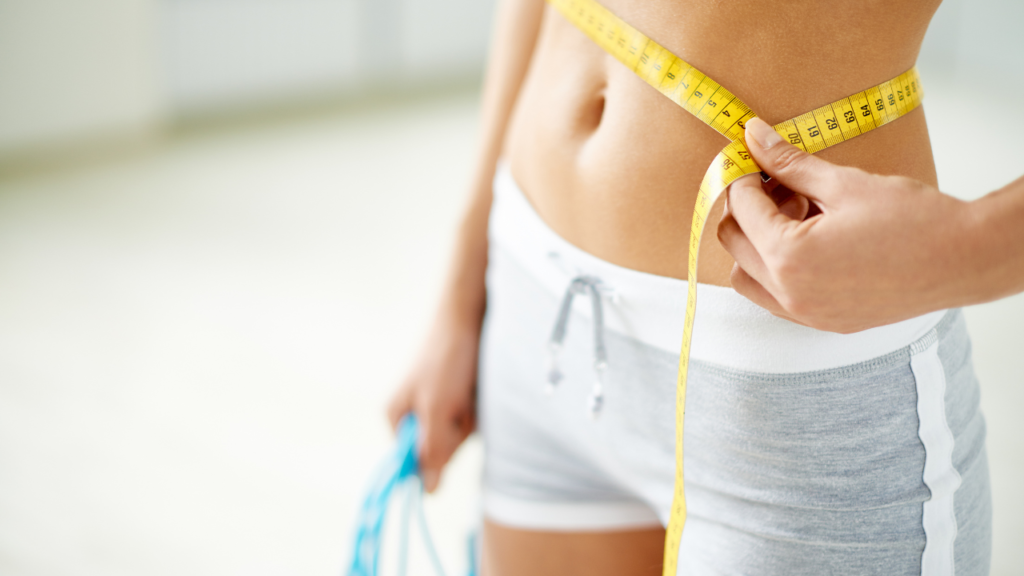
This type of Yoga is also very helpful in burning calories lose weight, lose fatAlthough the yoga movements are not too intense, if practiced properly and with enough concentration, the body will burn a significant amount of fat.
Improve heart health
Regular practice of Hatha yoga can be effective in managing and controlling hypertension, which is one of the leading causes of heart attack and cardiovascular disease.
Some basic movements of Hatha Yoga
Mountain Pose (Tadasana)
When performing this pose will help improve balance and increase focus for the mind, reduce back pain and stress.
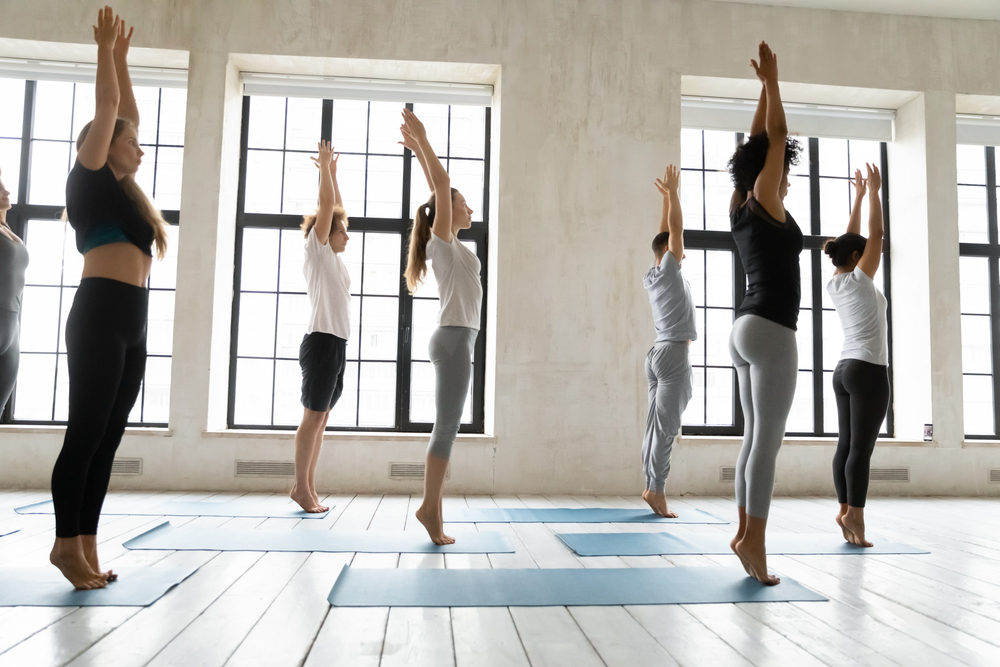
- Stand up straight with your hands close to your body.
- Breathe evenly and slowly, slowly raise your arms above your head and clasp your fingers together.
- Lift your heels slightly and stand on your toes.
- Stretch your body slightly, lifting your face slightly upwards.
- Shift your weight onto your toes, straightening your shoulders, arms, and chest. Hold this position for 20 seconds, exhale and return to the starting position.
Tree Pose (Vrksasana)
This is also a pose that improves balance and mental focus. But besides that it also enhances the strength and flexibility of the legs, ankles and thighs.
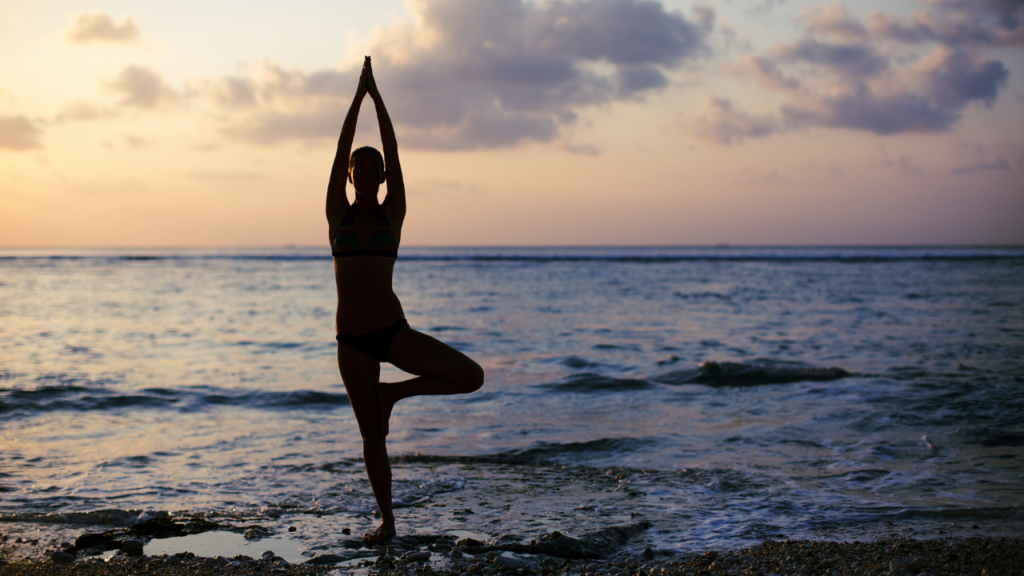
- Balance with left foot on right thigh
- Hands clasped together in Namaste position
- Hold the pose for 30 to 60 seconds
- Repeat with right foot on left thigh
Uttanasana (Standing Forward Fold Pose)
Yoga poses help stretch the hamstrings and leg ligaments, relax the mind, and also improve blood circulation.
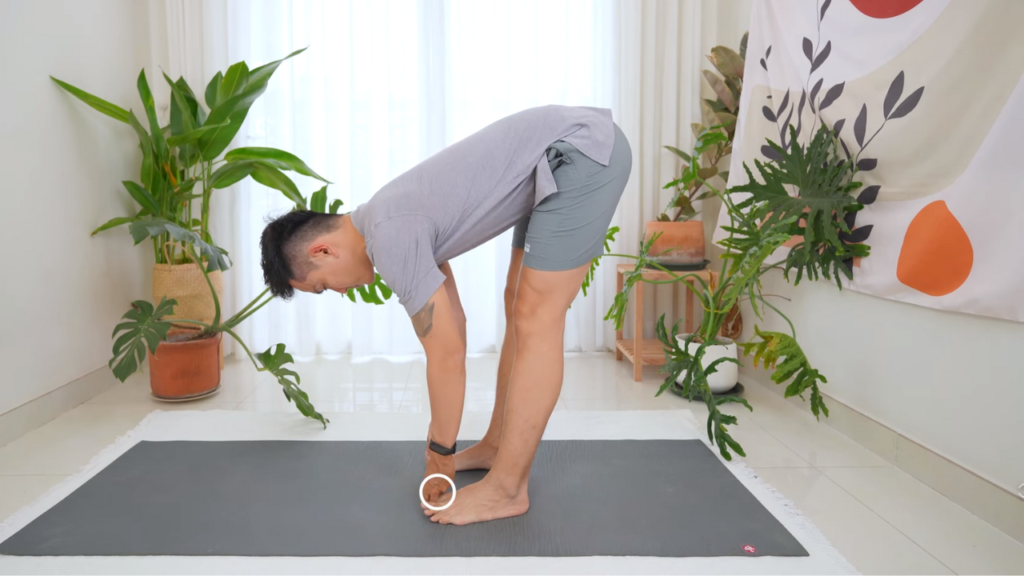
- Stand with your feet shoulder-width apart, inhale to lengthen your spine, and exhale slowly bending forward.
- Hold for 5-10 deep breaths and relax your body.
Adho Mukha Svanasana (Downward Facing Dog) Yoga Pose
This basic yoga pose stretches the ligaments, calves and achilles tendons, helping to increase blood circulation to the brain, creating relaxation and stretching the entire body effectively, and also strengthens the hands. , shoulder.
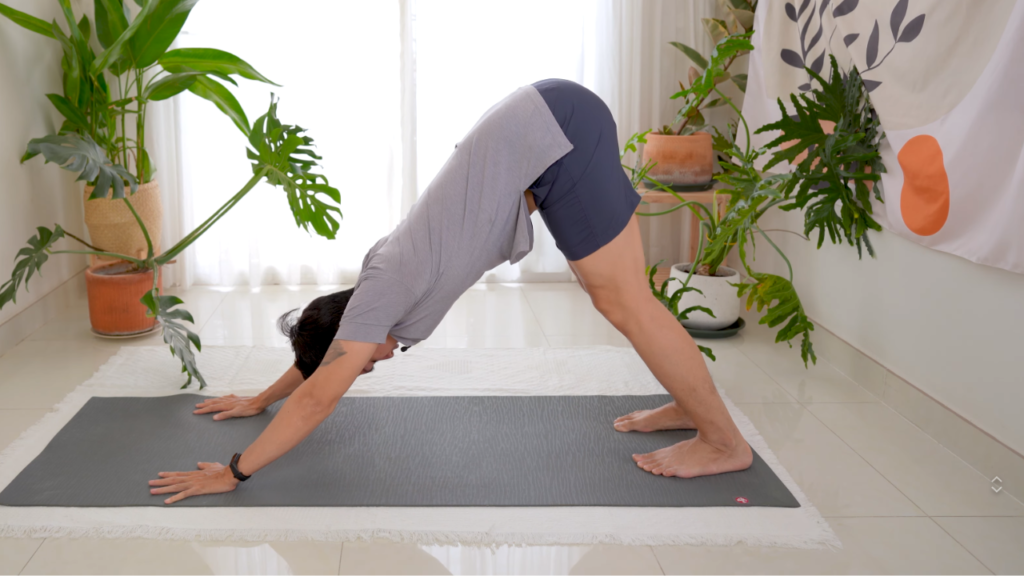
- Start from a plank position.
- Then gently push your hips up and back.
- Lower your heels toward the floor.
Salabhasana (Grasshopper Pose) Yoga Pose
When exercising, it will help increase the strength of the muscles of the thighs, knees and back, especially the abdominal muscles.
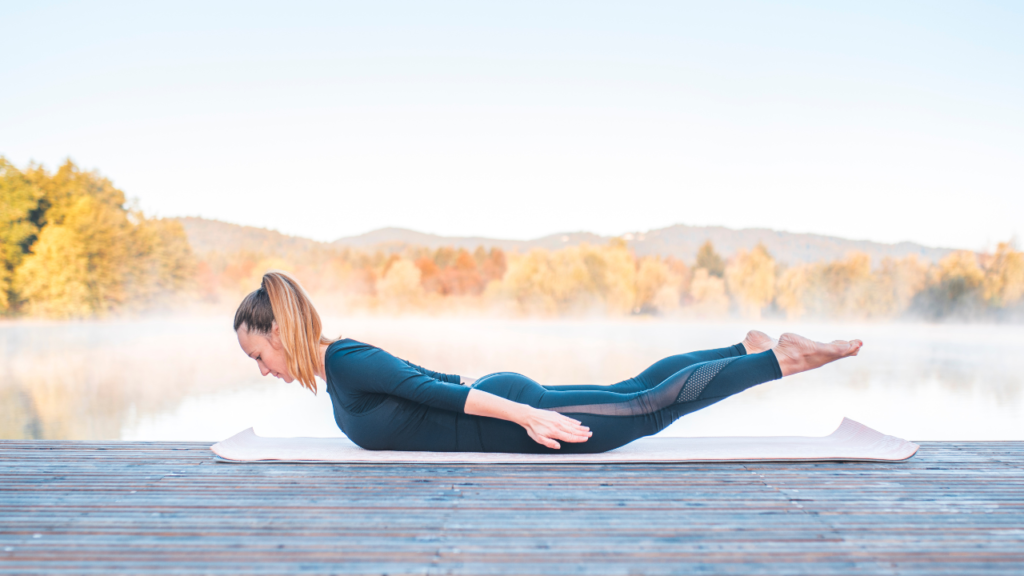
- Exhale and lift your chest, upper body, arms, and legs off the floor, focusing to elevate the pose.
- Hold the pose for 30-60 seconds.
Savasana (Corpse Pose)
Savasana relaxes the mind and restores the body, helps reduce stress and tension, supports increased bone and joint endurance, and reduces symptoms of aches and pains.

- Straighten your arms and legs and lie in the most comfortable position.
- Let your hands rest at your hips and gently tilt your palms. Then close your eyes, breathe evenly here.
- With each breath, you will relax each body part in turn from the tips of your toes up to your head area.
- Lie down with your whole body and mind relaxed in Savasana for 5-10 minutes or whenever you have time.
Nguyen hopes that the above sharing will be effective and useful for her pursuit of Yoga. Besides, there are also many articles on health and yoga at Nguyen's blog, especially Youtube channel Nguyen has many other useful exercises and movements, please follow and look forward to Nguyen!

